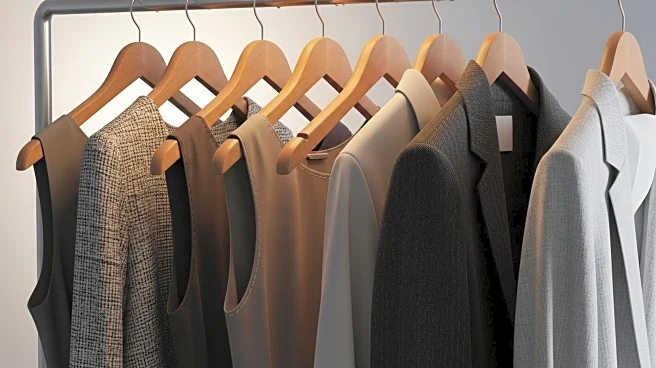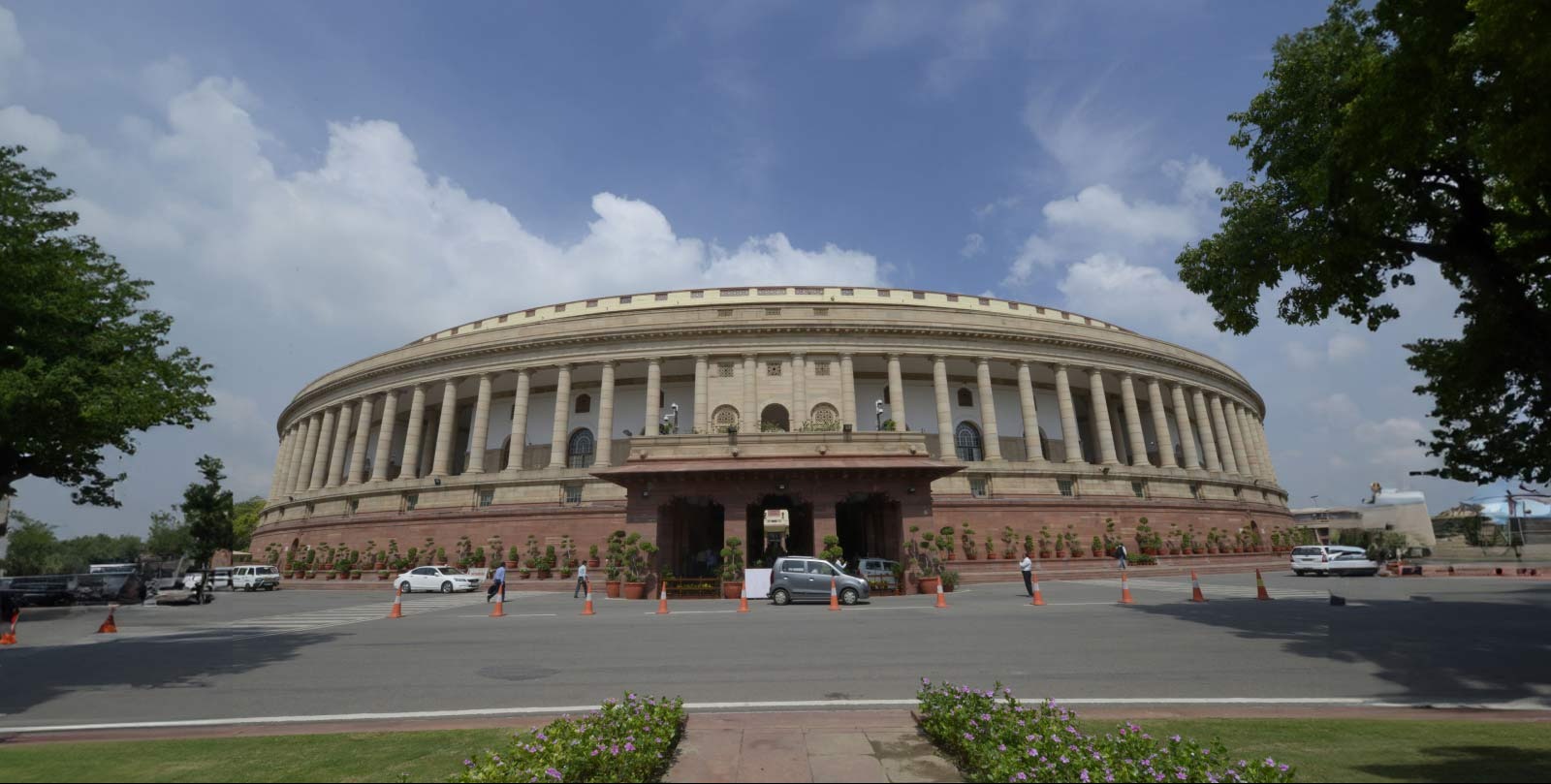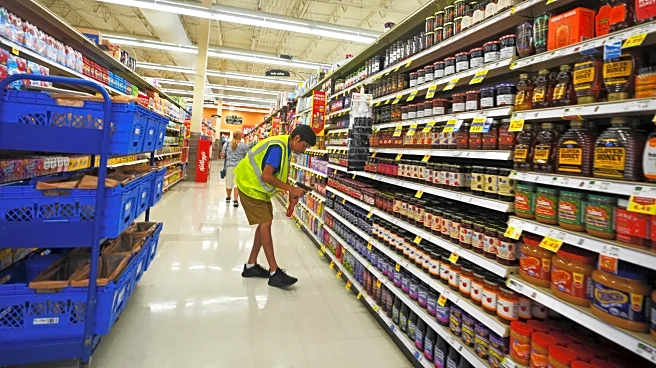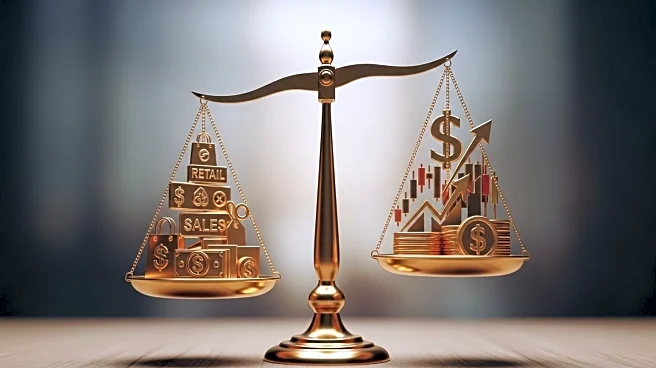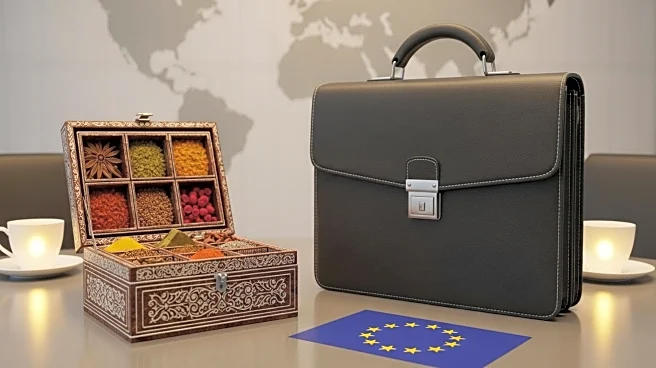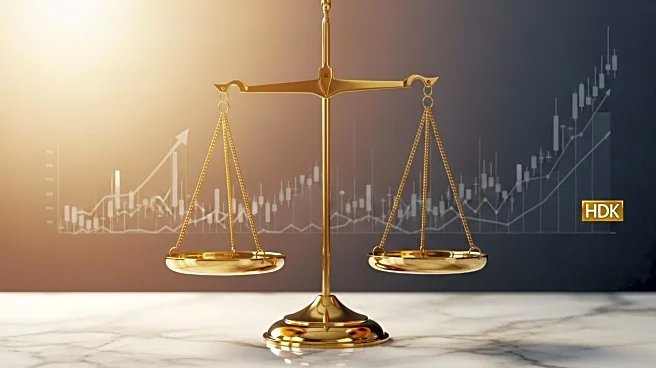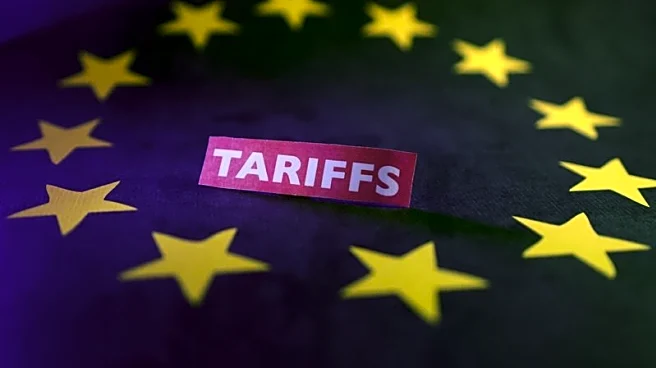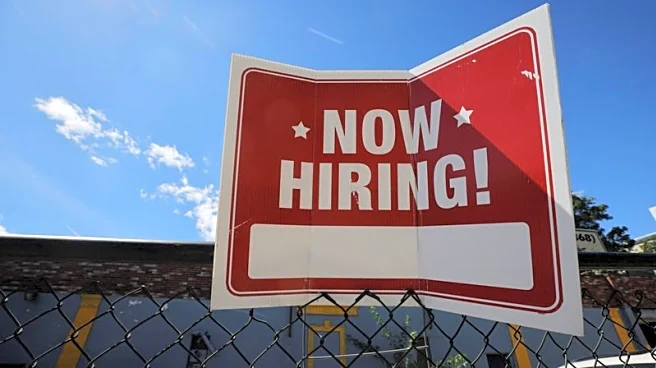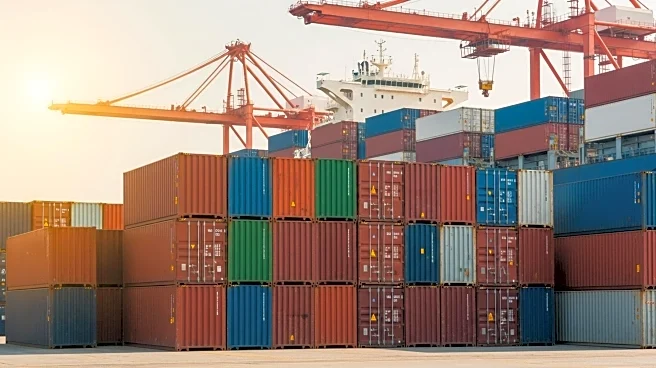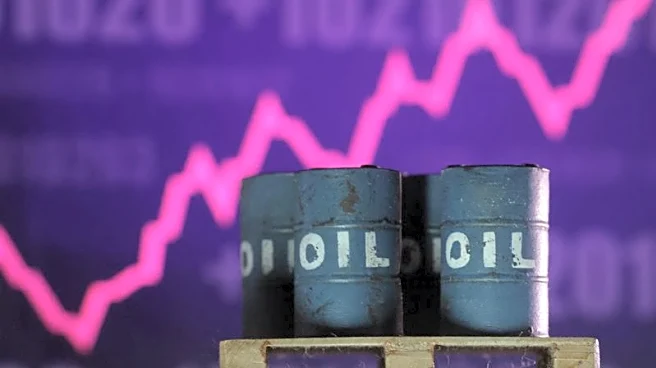What is the story about?
What's Happening?
Apparel prices in the U.S. increased by 0.5% in August, marking the highest rise since February, according to the Bureau of Labor Statistics. This increase is attributed to the Trump administration's tariffs, which have begun to impact the market. Initially announced in April, these tariffs led to brands stocking up on goods earlier in the year, causing a temporary dip in prices. However, the tariffs have now resulted in higher costs for consumers, with a universal 10% tariff on Europe replaced by a 15% ceiling, and a 50% tariff imposed on India. Brands such as E.l.f. Cosmetics, Nike, Shein, and Temu are passing these increased shipping costs onto customers.
Why It's Important?
The rise in apparel prices highlights the broader economic impact of tariffs, which can lead to increased consumer costs and affect purchasing power. As brands adjust to these tariffs, consumers may face higher prices, potentially influencing spending habits and retail sales. The tariffs also reflect ongoing trade tensions, which can affect international relations and economic stability. The U.S. Supreme Court's decision on the legality of these tariffs could have significant implications for future trade policies and economic strategies, impacting businesses and consumers alike.
What's Next?
The U.S. Supreme Court is currently reviewing the legality of President Trump's tariffs, which could lead to changes in trade policy and economic conditions. If the tariffs are deemed illegal, it may result in adjustments to pricing strategies and supply chain operations for affected brands. Businesses and consumers will be closely monitoring the outcome, as it could influence future trade negotiations and economic policies. The decision could also impact international relations, particularly with countries affected by the tariffs.
AI Generated Content
Do you find this article useful?
